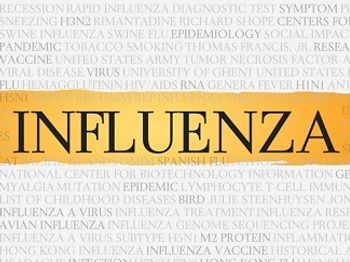
Investigators with Seqirus presented findings from a handful of studies on a MF59 adjuvanted influenza vaccine at the Options for the Control of Influenza (OPTIONS X) Conference in Singapore.

Investigators with Seqirus presented findings from a handful of studies on a MF59 adjuvanted influenza vaccine at the Options for the Control of Influenza (OPTIONS X) Conference in Singapore.

As August draws to a close, the Contagion® editorial team is recapping the trends and top infectious disease news of the month.

Prior to 2017, Salmonella isolates with resistance to azithromycin had occurred in fewer than 0.5% of isolates from ill Americans.

Allowing pharmacists to provide PrEP care is a feasible alternative for improving access to the treatment, according to a recent trial that was well-received by patients and pharmacists.
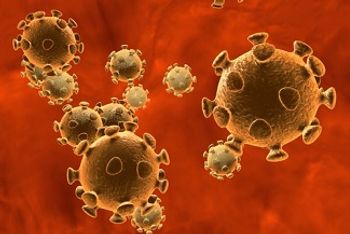
Advances in treatment mean people are living longer than ever with HIV—but the flip side is an increased risk of certain diseases, especially ones related to aging.

As a growing number of infections become resistant to antibiotic medications, it is becoming crucially important that providers not only practice antibiotic stewardship but also use effective antibiotics when they are needed.

Notes from the field detailing a case of a patient with a Klebsiella pneumoniae isolate with 3 carbapenem resistance genes can help guide practices against antibiotic resistance.
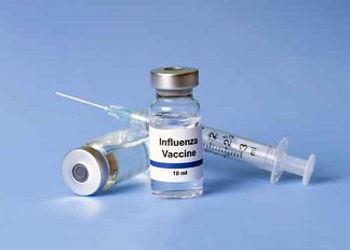
The crux of new information centers around the vaccine virus composition for the 2019-2020 season, and recent labeling changes for previously licensed vaccines.
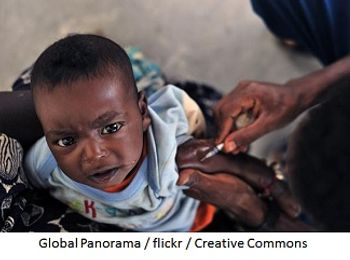
The African country was to be the third participant in a pilot program that would’ve inoculated 360,000 children against the mosquito-borne virus.
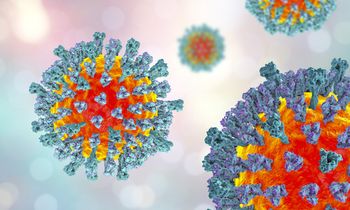
Texas could be the site of the next large measles outbreak in the United States, according to a new study that highlights the low vaccination rates among schools there.

No one knows exactly why thousands of patients in dozens of states have contracted hepatitis A in recent years. In the absence of an explanation, public health officials are focusing on vaccination.

Two-thirds of patients hospitalized with pneumonia received an excess duration of antibiotic treatment, and the results can be detrimental.

Removing isolation for endemic patients could make a big difference.

Because norovirus is highly contagious in low concentrations, detection is typically conducted via a PCR-based method. But that requires time, a lab setting, and trained personnel.

The Biomedical Advanced Research and Development Authority will contribute $23 million for Merck to continue manufacturing the Ebola vaccine over the next year.

Since 2017 there have been 24 cases of Listeria associated with the outbreak, with no source of infection identified thus far.
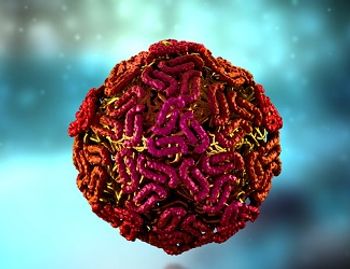
West Nile virus cases have been relatively low overall this summer season but, following a wetter than usual season, Arizona has already seen 6 times the normal number of seasonal cases.

In an investigation, 2 molecules, VU0071063 and pinacidil, were effective in reducing saliva secretion and blood ingestion in ticks.

Here is a look at infectious disease-related US Food and Drug Administration news from the week of August 18, 2019.

We’ve rounded up a list of important US Food and Drug Administration (FDA) and US Department of Agriculture (USDA) recalls from this past week.

Stay up-to-date on the latest infectious disease news by checking out our top 5 articles of the week.

Three children in US Customs and Border Protection custody have died since December 2018, partially due to influenza. Now, the infectious disease community is rallying for vaccination for migrants in detention facilities.

DNA barcoding, an emerging technique for identifying fungal pathogens, from 2 regions could help speed up diagnosis and treatment, a new study found.

William Schaffner, MD, breaks down the new ACIP guideline recommendation, the pediatric benefit of PCV13 which drove the decision, and means by which it can improve clinical decisions surrounding vaccination.

The study has achieved its primary objective, demonstrating that administration every 8 weeks is as effective in maintaining viral suppression compared with monthly administration.
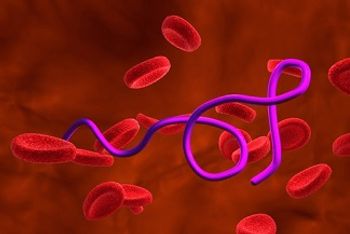
According to the CDC, serologic assays that use a second enzyme immunoassay are acceptable alternatives to western immunoblot assays.
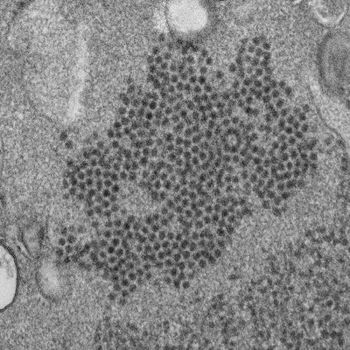
Enterovirus-specific antibodies were detected in the cerebrospinal fluid of 79% (11 of 14) of the AFM cases included in a new study.
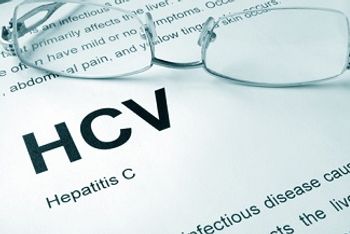
A team of investigators review global HCV infection rates in an attempt to quantify HCV-associated cardiovascular disease.

Although antibodies normally shield us from infection, a new study suggests that certain maternal antibodies may actually make it easier for Zika virus to gain a foothold and cause birth defects.
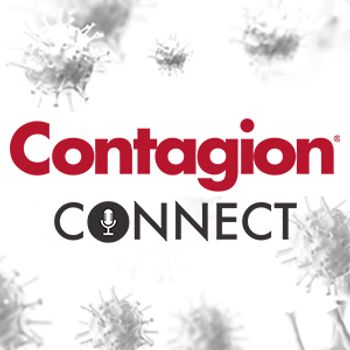
The first Contagion® Connect podcast features a conversation with Dr. Alexandra Phelan about the impact of pandemic bonds in the ongoing Ebola outbreak in the DRC.